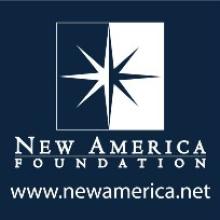Connected Communities in an Age of Digital Learning: Webcast Archive Available
On February 27, the New America Foundation presented the live webcast, "Connected Communities in an Age of Digital Learning: A Vision for a 21st Century E-rate Program."
The webcast addressing the modernization of the E-rate program is now archived and available to view.
As technology advances, schools must find ways to keep up. At the root of their success is connectivity in the communities. From the announcement:
Yet many communities lack robust Internet connectivity, which is a key prerequisite to using these tools. Libraries and schools across the country report that they do not have the necessary speeds and equipment to support the digital learning environments of today, let alone tomorrow. Sustaining and upgrading the Internet infrastructure that supports these community anchor institutions is critical. And in addition to physical infrastructure, these communities need investments in social infrastructure: support systems in and around community institutions that help facilitate digital literacy, support broadband access, and encourage meaningful broadband adoption.
The panel included experts in education, library science, and technology. Featured speakers were:


